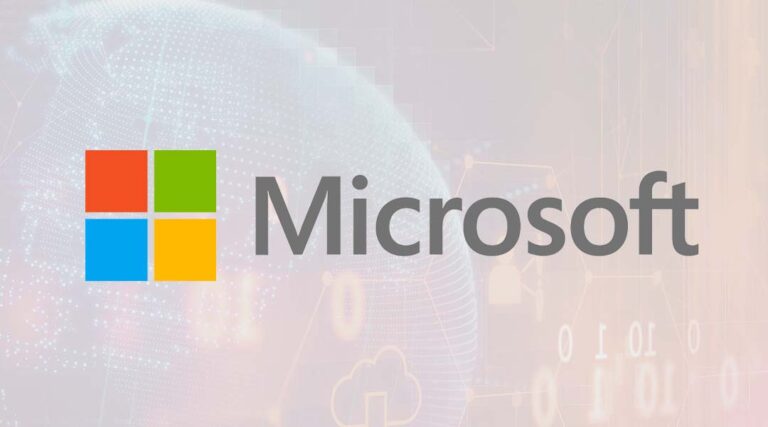
Microsoft has rebooted its three-year-old browser Edge, released to win web devs’ love by ditching the lock in and negative associations of its flagship Internet Explorer.
The company will build the desktop Edge on Chromium – the open-source project begun by Google which is the foundation of Google Chrome. A preview build is due in “early” 2019.
Microsoft will also become a “significant contributor” to the Chromium project.
Edge will be updated for all supported versions of Windows, with a faster release cycle and Redmond eyeing up Edge on macOS – the first supported version of a Microsoft browser for Apple’s desktop since Microsoft killed IE for Mac in 2003.
There’s no word on what will happen to ChakraCore, Edge’s Javascript engine. The Chromium alternative is V8, under a BSD license.
Rather Microsoft, here, talked soothingly about making technology changes under the hood “gradually over time” and “in the open” so concerned devs could follow along.
This is a seismic shift for Microsoft and begs the question of why after 23 years of building IE and three years of pushing Edge as a “modern” browser should it have switched?
Microsoft dressed the Chromium news in the well-worn clothes of community and collaboration, saying this will improve the web browsing experience for “everybody”.
It will give web developers a “less fragmented web platform” and provide compatibility for old and new web apps in the browsers running on Windows.
But just like when Opera Software gave up of going it alone and switched to Chromium in 2013, Microsoft has realised i’ts time to whack its browser puck to where the players are clustered.
Chrome owns 61 per cent of the browser market, according to Statcounter, with almost everybody else – including one-time IE headache Firefox – on less than 10 per cent each.
Microsoft’s plan with Edge had been to offer something so seductive it would bring over the web dev browser community that had been sceptical of IE while, also, helping drive Windows 10 uptake – but has failed. The idea was Edge would only work on Widows 10 and therefore also bring along end-users, thereby driving growth of Windows 10, but that’s not delivered.
Edge on Chromium will now run on Windows 7 and whatever smatterings of an installed base exists for Windows 8 in addition to Window 10.
